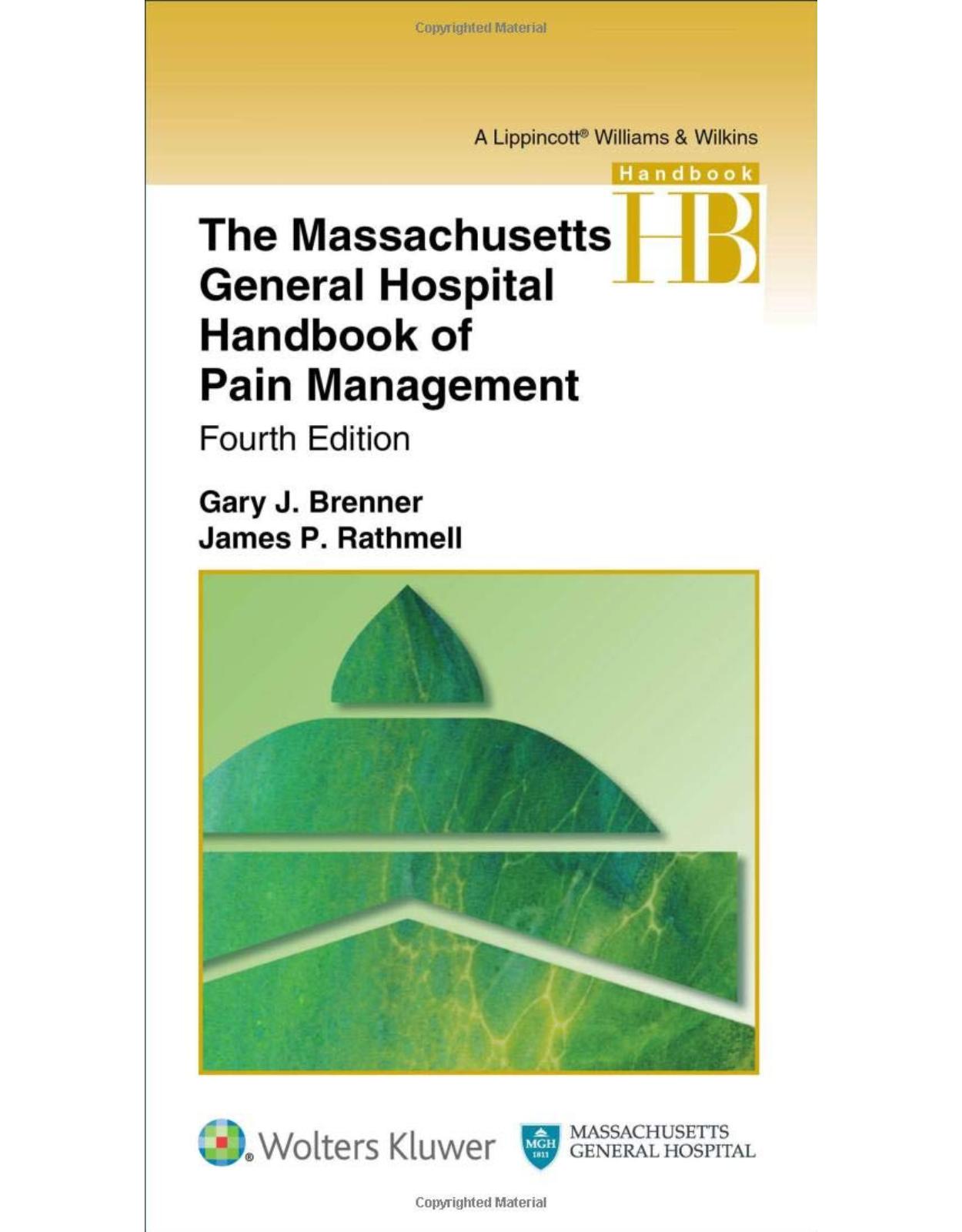
The Massachusetts General Hospital Handbook of Pain Management, Fourth edition
Livrare gratis la comenzi peste 500 RON. Pentru celelalte comenzi livrarea este 20 RON.
Disponibilitate: La comanda in aproximativ 4 saptamani
Editura: LWW
Limba: Engleza
Nr. pagini: 664
Coperta: Softcover
Dimensiuni: 11.43 x 18.75 cm
An aparitie: 2020
Description:
Offering expert guidance from seasoned clinicians at Massachusetts General Hospital, this bestselling handbook provides accurate, clinically essential information in a portable, quick-reference format. Broad-based, multidisciplinary coverage draws from the disciplines of anesthesiology, neurology, behavioral medicine, nursing, psychiatry, and physical therapy to provide practical, evidence-based information for sound therapeutic choices. Now in full color for the first time, The Massachusetts General Hospital Handbook of Pain Management, Fourth Edition, contains numerous new chapters, new illustrations, and other features that keep you up to date with today’s latest approaches to pain management.
Table of Contents:
SECTION I: GENERAL CONSIDERATIONS
1 Neurophysiologic Basis of Pain
I. PRIMARY SOMATOSENSORY NEURONS
A. Definitions
B. Nerve Fiber Types
C. Nociceptors
D. Peripheral Sensitization
II. SPINAL CORD AND DORSAL HORN SYNAPTIC TRANSMISSION
A. Dorsal Horn Laminar Organization
B. Dorsal Horn Neurotransmission
C. Central Sensitization
III. SUPRASPINAL PAIN PROCESSING
A. Ascending Nociceptive Tracts
B. Brain Centers
IV. DESCENDING PROJECTIONS
A. Descending Systems
B. Neurotransmitters Involved in Descending Modulation
V. CONCLUSION
2 Pain Mechanisms and Their Importance in Clinical Practice and Research
I. CANONICAL NOCICEPTION PATHWAY
II. PAIN ONTOLOGY AND PATIENT SYMPTOMOLOGY
III. MECHANISMS OF PATHOLOGICAL PAIN
A. Peripheral Sensitization
B. Peripheral Respecification
C. Synaptic Potentiation
D. Synaptic Sprouting
E. Opening the Gate
1. Inhibitory Interneuron Death
2. Modification of Chloride Gradient
F. Descending Pain Control
G. Encoding Pain in the Brain
IV. TOWARD MECHANISM-BASED DIAGNOSIS AND THERAPY
A. Genetics of Pain Mechanisms
V. IMPLICATIONS FOR EVALUATION OF NEW THERAPIES
VI. CONCLUSION
3 Ethics of Pain Management
I. ETHICAL FRAMEWORKS
A. Four Principles
1. Nonmaleficence
2. Beneficence
3. Autonomy
4. Justice
B. Four-Quadrant Approach
1. Indications for Medical Intervention
2. Patient Preferences
3. Quality of Life
4. Contextual Features
C. CARE
1. Core Beliefs: Interior Individual
2. Actions: Exterior Individual
3. Reasons: Interior Collective
4. Experience: Exterior Collective
D. Microethics
1. Respecting and Constructing Patient Values and Preferences
2. Self-awareness and Management of Clinician Values and Biases
3. Managing Medical Information
II. EXAMPLES OF ETHICAL APPLICATIONS IN PAIN MEDICINE
A. Nonopioid Pharmacologic Options
1. Case
2. Discussion
B. Opioids and Interventions
1. Case
2. Discussion
III. CONCLUSIONS
SECTION II: DIAGNOSIS OF PAIN
4 The History and Clinical Examination
I. PATIENT INTERVIEW
A. Pain History
1. Development and Timing
2. Intensity
3. Character
4. Evolution
5. Associated Symptoms
6. Aggravating and Relieving Factors
7. Previous Treatment
B. Medical History
1. Review of Systems
2. Past Medical History
3. Past Surgical History
C. Drug History
1. Current Medications
2. Allergies
D. Social History
1. General Social History
2. Family History
3. Occupational History
II. PATIENT EXAMINATION
A. General Examination
1. Constitutional Factors
2. Pain Behavior
3. Skin
B. System Examination
1. Cardiovascular System
2. Lungs
3. Musculoskeletal System
C. Specific Tests
1. Straight Leg Raising (SLR, Lasègue)
2. Basic Sacroiliac Tests
3. Spinal Flexibility
4. Adson Test
5. Neurologic Examination
6. Mental Status Examination
III. INCONSISTENCIES IN THE HISTORY AND PHYSICAL EXAMINATION
IV. CONCLUSION
5 Assessment of Pain
I. PAIN HISTORY
A. Pain Assessment Tools
1. Unidimensional Self-report Scales
2. Multiple Dimension Instruments
3. Pain Diaries
B. Pain Location
C. Pain Etiology
1. Types of Pain
II. PHYSICAL EXAMINATION
A. General Physical Examination
B. Specific Pain Evaluation
C. Neurologic Examination
D. Sensory Testing
E. Musculoskeletal System Examination
F. Assessment of Psychological Factors
III. DIAGNOSTIC STUDIES
IV. CONCLUSION
6 Psychological Assessment of Pain and Headache
I. THE BIOPSYCHOSOCIAL MODEL OF PAIN ASSESSMENT
II. PSYCHOLOGICAL RISK SCREENING VS COMPREHENSIVE PSYCHOSOCIAL ASSESSMENT
III. THE PROGRESSION FROM ACUTE TO CHRONIC PAIN CONDITIONS
IV. COMMON PSYCHOLOGICAL COMORBIDITIES WITH CHRONIC PAIN
V. PAIN BEHAVIORS
VI. STANDARDIZED MEASURES
VII. SELF-REPORT MEASURES
VIII. OBSERVATIONAL MEASURES
IX. BEHAVIORAL ASSESSMENT FOR EFFECTIVE GOAL SETTING
X. BARRIERS AND STIGMA ASSOCIATED WITH PSYCHOLOGICAL ASSESSMENT
XI. SPECIAL CONSIDERATIONS FOR INDIVIDUALS RECEIVING CHRONIC OPIOID THERAPY
XII. SPECIAL CONSIDERATIONS FOR WORK-INJURED POPULATIONS
XIII. KEY POINTS
7 Diagnostic Imaging and Pain Management
I. OVERVIEW
II. IMAGING TECHNIQUES AND STUDIES
A. Plain Films
B. Fluoroscopy
C. Computed Tomography
D. Magnetic Resonance Imaging
E. Myelography
F. Bone Scans and Nuclear Medicine
G. Discography
H. Positron Emission Tomography
I. Functional Magnetic Resonance Imaging
III. HEADACHE
A. Primary Headache
B. Secondary Headache
IV. CRANIOFACIAL PAIN SYNDROMES
A. Trigeminal Neuralgia
B. Glossopharyngeal Neuralgia
V. CENTRAL PAIN SYNDROMES
VI. THALAMIC PAIN SYNDROMES
VII. SPINAL CORD INJURY
A. Axial Low Back Pain
B. Plain X-ray Evaluation of Low Back Pain
C. MRI and Low Back Pain
D. Pain After Lumbar Surgery
E. Arachnoiditis
VIII. METASTATIC DISEASE OF THE SPINE
IX. INFECTIOUS PROCESSES OF THE VERTEBRAL SPINE
X. CONCLUSION
8 Neurophysiologic Testing in Pain Management
I. INTRODUCTION
II. ELECTRODIAGNOSTIC TESTING
A. Nerve Conduction Studies
B. Needle Electrode Examination
C. Localizing a Nerve Injury
D. Aiding in Diagnosis
E. Clinical Applications
III. QUANTITATIVE SENSORY TESTING
A. Thermal Stimuli
B. Vibration Stimuli
C. Mechanical Stimuli
D. Electrical Stimuli
IV. EVOKED POTENTIALS
A. Somatosensory Evoked Potentials
B. Laser Evoked Potentials
V. AUTONOMIC TESTING
VI. CONCLUSION
9 Disability Assessment
I. BURDEN OF DISABILITY ASSOCIATED WITH PAIN
II. WHY PROVIDERS ARE ASKED TO ASSESS DISABILITY
III. KEY INSIGHTS ON ASSESSING DISABILITY
IV. HOW TO ASSESS DISABILITY
A. Preparation
B. Face-to-Face Interview
C. Functional Assessment
D. Document Observations, Answer Specific Questions, and Develop Report
V. PITFALLS OF FORMAL FUNCTIONAL CAPACITY EVALUATIONS
VI. MALINGERING AND NONMEDICAL INFORMATION
VII. CONCLUSION
SECTION III: THERAPEUTIC OPTIONS: PHARMACOLOGIC APPROACHES
10 Neuropathic Pain Medications
I. ANTIDEPRESSANTS
II. TRICYCLIC ANTIDEPRESSANTS
A. Mechanism of Action
B. Pharmacology
C. Dosing and Monitoring
D. Adverse Side Effects
E. Indications and Evidence
III. SELECTIVE SEROTONIN-NOREPINEPHRINE REUPTAKE INHIBITORS
A. Mechanism of Action
B. Pharmacology
C. Dosing and Monitoring
D. Adverse Side Effects
E. Indications and Evidence
IV. SELECTIVE SEROTONIN REUPTAKE INHIBITORS
A. Mechanism of Action
B. Pharmacology
C. Dosing and Monitoring
D. Adverse Side Effects
E. Indications and Evidence
V. OTHER MEDICATIONS
A. Trazodone
1. Mechanism of Action
2. Pharmacology
3. Dosing and Monitoring
4. Adverse Side Effects
5. Indications and Evidence
B. Mirtazapine
1. Mechanism of Action
2. Pharmacology
3. Dosing and Monitoring
4. Adverse Side Effects
5. Indications and Evidence
C. Bupropion
1. Mechanism of Action
2. Pharmacology
3. Dosing and Monitoring
4. Adverse Side Effects
5. Indications and Evidence
D. Ketamine
1. Mechanism of Action
2. Pharmacology
3. Dosing and Monitoring
4. Adverse Side Effects
5. Indications and Evidence
VI. CALCIUM CHANNEL BLOCKERS
A. Gabapentin
1. Mechanism of Action
2. Pharmacology
3. Dosing and Monitoring
4. Adverse Side Effects
5. Indications and Evidence
B. Pregabalin
1. Mechanism of Action
2. Pharmacology
3. Dosing and Monitoring
4. Adverse Side Effects
5. Indications and Evidence
C. Ziconotide
1. Mechanism of Action
2. Pharmacology
3. Dosing and Monitoring
4. Adverse Side Effects
5. Indications and Evidence
D. Zonisamide
1. Mechanism of Action
2. Pharmacology
3. Dosing and Monitoring
4. Adverse Side Effects
5. Indications and Evidence
VII. ANTICONVULSANTS
A. Carbamazepine
1. Mechanism of Action
2. Pharmacology
3. Dosing and Monitoring
4. Adverse Side Effects
5. Indications and Evidence
B. Oxcarbazepine
1. Mechanism of Action
2. Pharmacology
3. Dosing and Monitoring
4. Adverse Side Effects
5. Indications and Evidence
C. Lamotrigine
1. Mechanism of Action
2. Pharmacology
3. Dosing and Monitoring
4. Adverse Side Effects
5. Indications and Evidence
D. Topiramate
1. Mechanism of Action
2. Pharmacology
3. Dosing and Monitoring
4. Adverse Side Effects
5. Indications and Evidence
E. Lithium
F. Phenytoin
1. Mechanism of Action
2. Pharmacology
3. Dosing and Monitoring
4. Adverse Side Effects
5. Indications and Evidence
VIII. LOCAL ANESTHETICS
A. Lidocaine
1. Mechanism of Action
2. Pharmacology
3. Dosing and Monitoring
4. Adverse Side Effects
5. Indications and Evidence
B. Mexiletine
1. Mechanism of Action
2. Pharmacology
3. Dosing and Monitoring
4. Adverse Side Effects
5. Indications and Evidence
IX. NEUROLEPTICS
A. Typical
1. Mechanism of Action
2. Pharmacology
3. Adverse Side Effects
4. Indications and Evidence
B. Atypical
1. Mechanism of Action
2. Pharmacology
3. Adverse Side Effects
4. Indications and Evidence
C. Capsaicin
1. Mechanism of Action
2. Pharmacology
3. Dosing and Monitoring
4. Adverse Side Effects
5. Indications and Evidence
11 Opioids
I. DEFINITIONS
A. Addiction
B. Physical Dependence
C. Tolerance
D. Opium
E. Opioid
F. Opiate
G. Narcotic
H. Opioid-Induced Hyperalgesia
II. HISTORY
III. OPIOID CRISIS
IV. MECHANISM OF ACTION
V. DURATION OF TREATMENT
VI. OPIOID RISK STRATIFICATION
VII. COMMON OUTPATIENT OPIOIDS
A. Buprenorphine
B. Codeine
C. Fentanyl
D. Hydrocodone
E. Hydromorphone
F. Morphine
G. Oxycodone
H. Methadone
I. Tramadol
VIII. DIALYSIS-DEPENDENT PATIENTS
IX. SIDE EFFECTS
A. Endocrine Effects
B. Falls Risks
X. FUTURE OF OPIOIDS
12 Nonsteroidal Anti-inflammatory Medications
I. MECHANISM OF ACTION
II. PHARMACOKINETICS
III. ADVERSE EFFECTS
A. Gastrointestinal Side Effects
B. Cardiovascular Side Effects
C. Hematologic Side Effects
D. Renal and Hepatic Side Effects
E. Miscellaneous Side Effects
IV. SPECIFIC MEDICATIONS
A. Acetaminophen
13 Psychopharmacology for the Pain Specialist
I. ANTIDEPRESSANTS
A. Tricyclic Antidepressants
1. Indications
2. Mechanisms
3. Adverse Effects
4. Dosages and Monitoring
B. Selective Serotonin Reuptake Inhibitors
1. Indications
2. Mechanisms
3. Adverse Reactions
4. Dosages and Monitoring
C. Serotonin-NE Reuptake Inhibitors
1. Indications
2. Mechanisms
3. Adverse Reactions
4. Dosages and Monitoring
D. Atypical Antidepressants
1. Indications
2. Mechanisms
3. Adverse Reactions
4. Dosages and Monitoring
II. ANTIEPILEPTIC AGENTS (ANTICONVULSANTS)/MOOD STABILIZERS
A. Indications
B. Mechanisms
C. Adverse Reactions
D. Dosages and Monitoring (Table 13.6)
III. ANXIOLYTICS
A. Indications
B. Mechanisms
C. Adverse Reactions
1. Dosages and Monitoring
IV. ANTIPSYCHOTICS
A. Indications
B. Mechanisms
C. Adverse Reactions
D. Dosages and Monitoring
V. PSYCHOSTIMULANTS
A. Indications
B. Mechanisms
C. Adverse Reactions
D. Dosages and Monitoring
VI. CONCLUSIONS
SECTION IV: THERAPEUTIC OPTIONS: INTERVENTIONAL APPROACHES
14 Epidural Steroid Injection
I. EFFICACY
A. Evidence of Efficacy
B. Mechanisms of Efficacy
II. GENERAL PRINCIPLES
A. Choice of Injectate
1. Corticosteroids
2. Local Anesthetic
B. Physiologic Effects of Corticosteroids and Epidural Steroid Injections
1. Immunosuppression
2. Elevation of Blood Glucose
3. Suppression of the Hypothalamic-Pituitary-Adrenal Axis
4. Bone Demineralization
C. Complications
III. PROCEDURAL CONSIDERATIONS
A. Preprocedure Management
B. Contrast Media
C. Postprocedure Management
D. Lumbar and Cervical Interlaminar Approach
E. Lumbar Transforaminal Approach
F. Posterior S1 Foramen Approach
G. Caudal Approach
15 Radiofrequency Procedures for Chronic Pain
I. TYPES OF RFA
II. FACET JOINTS
III. SACROILIAC JOINT
IV. DORSAL ROOT GANGLIA
V. HIP
VI. KNEE
VII. OCCIPITAL NERVES
VIII. TRIGEMINAL NERVE
IX. SYMPATHETIC GANGLIA
X. CONCLUSIONS
16 Sympathetic Blocks
I. LUMBAR SYMPATHETIC BLOCK
A. Anatomy
B. Indications
C. Technique
D. Complications
II. STELLATE GANGLION BLOCK
A. Anatomy
B. Indications
C. Technique
D. Complications
III. CELIAC PLEXUS BLOCK
A. Anatomy
B. Indications
C. Technique
D. Complications
IV. SUPERIOR HYPOGASTRIC BLOCK
A. Anatomy
B. Indications
C. Techniques
D. Complications
V. GANGLION IMPAR BLOCK
A. Anatomy
B. Indications
C. Technique
D. Complications
17 Lumbar Diskography and Intradiscal Treatments
I. PROVOCATION DISKOGRAPHY/DISK STIMULATION
A. Definitions
B. Patient Selection
C. Contraindications
D. Procedure
E. Level Determination
F. Needle Positioning
G. Disk Stimulation
II. INTRADISCAL INTERVENTION PROCEDURES
III. PERCUTANEOUS DISK DECOMPRESSION
A. Intradiscal Electrothermal Therapy
B. Nucleoplasty
C. Biacuplasty
18 Spinal Cord Stimulation
I. MECHANISM OF ACTION
II. INDICATIONS AND EVIDENCE
III. TECHNICAL CONSIDERATIONS
IV. COMPLICATIONS
V. FUTURE DIRECTIONS
19 Peripheral Nerve Blocks
I. OCCIPITAL NERVE BLOCK
A. Indications
B. Equipment and Position
C. Technique
D. Complications
E. Considerations
II. TRIGEMINAL NERVE BRANCH BLOCKS
A. Indications
B. Equipment and Position
C. Technique
1. Pain in Ophthalmic (V1) Division
2. Pain in Maxillary (V2) and Mandibular (V3) Divisions
D. Complications
E. Considerations
III. SPHENOPALATINE GANGLION BLOCK
A. Indications
B. Equipment
C. Technique
D. Complications
E. Considerations
IV. SUPRASCAPULAR NERVE BLOCK
A. Indications
B. Equipment
C. Techniques
1. Landmark Technique
2. Fluoroscopically Guided Technique
3. Ultrasound Guided Technique
D. Complications
E. Considerations
V. INTERCOSTAL NERVE BLOCK
A. Indications
B. Equipment and Position
C. Technique
1. Landmark Technique
2. Fluoroscopy Guided Technique
3. Ultrasound Guided Technique
D. Specific Complications
E. Considerations
VI. ILIOINGUINAL AND ILIOHYPOGASTRIC NERVE BLOCK
A. Indications
B. Equipment
C. Technique
1. Landmark Technique
2. Ultrasound Guided Technique
D. Complications
E. Considerations
VII. PUDENDAL NERVE BLOCK
A. Indications
B. Equipment
C. Technique
D. Specific Complications
E. Considerations
VIII. LATERAL FEMORAL CUTANEOUS NERVE BLOCK
A. Indications
B. Equipment
C. Technique
1. Landmark Technique
2. Ultrasound Guided Technique
D. Complications
E. Considerations
IX. GENICULAR NERVE BLOCK
A. Indications
B. Equipment
C. Technique
D. Complications
E. Considerations
20 Implanted Spinal Drug Delivery Systems
I. MECHANISM OF ACTION
II. OVERVIEW OF IT PHARMACOLOGY
A. Morphine
B. Hydromorphone
C. Fentanyl and Sufentanil
D. Bupivacaine
E. Clonidine
F. Ziconotide
III. PATIENT SELECTION
IV. NONPHARMACOLOGICAL COMPLICATIONS
V. CONCLUSIONS
21 Infusion Therapies
I. LIDOCAINE AND MEXILETINE
A. Mechanism of Action and Pharmacology
B. Uses in Specific Populations
C. Dosing
D. Routes of Administration
E. Adverse Effects
II. KETAMINE INFUSION
A. Mechanism of Action and Pharmacology
B. Uses in Specific Populations
C. Dosing
D. Routes of Administration
E. Adverse Effects
III. DEXMEDETOMIDINE INFUSION
A. Mechanism of Action and Pharmacology
B. Uses in Specific Populations
C. Dosing
D. Routes of Administration
E. Adverse Effects
IV. BISPHOSPHONATE INFUSION
A. Mechanism of Action and Pharmacology
B. Uses in Specific Populations
C. Dosing
D. Routes of Administration
E. Adverse Effects
V. PHENTOLAMINE
A. Mechanism of Action and Pharmacology
B. Uses in Specific Populations
C. Dosing
D. Routes of Administration
E. Adverse Effects
22 Neurosurgical Interventions for Pain
I. GENERAL CONSIDERATIONS
A. Timing and Patient Selection
B. Treatment Modalities
II. TRIGEMINAL NEURALGIA
A. Diagnostic Considerations
B. Microvascular Decompression
C. Percutaneous Treatments
D. Radiosurgery
III. SPINAL INTERVENTIONS FOR NEUROPATHIC PAIN
A. Dorsal Root Entry Zone Lesioning
B. Spinal Cord Stimulation
IV. CANCER PAIN
A. Cordotomy
B. Implantable Drug Delivery Pumps
V. AFFECTIVE PAIN
A. Cingulotomy
VI. NEUROMODULATION FOR PAIN
A. Deep Brain Stimulation
B. Motor Cortex Stimulation
VII. CONCLUSIONS
23 Complications Associated With Interventional Pain Treatment
I. OVERVIEW
II. COMPLICATIONS ASSOCIATED WITH EPIDURAL, FACET JOINT, AND SACROILIAC INJECTION
A. Neurotoxicity
B. Neurologic Injury
III. PHARMACOLOGIC EFFECTS OF CORTICOSTEROIDS
IV. BLEEDING COMPLICATIONS
V. INFECTIOUS COMPLICATIONS
VI. COMPLICATIONS ASSOCIATED WITH TRANSFORAMINAL INJECTIONS
VII. COMPLICATIONS ASSOCIATED WITH IMPLANTABLE DEVICES
24 Fluoroscopy and Radiation Safety
I. OVERVIEW
II. BASIC RADIATION PHYSICS
III. MINIMIZING PATIENT RADIATION EXPOSURE
A. Minimize Dose and Time
B. Optimize the Position of the X-ray Tube
C. Employ Shielding Whenever Possible
D. Employ Collimation
IV. MINIMIZING PRACTITIONER EXPOSURE
A. Employ Proper Shielding
B. Practitioner Position
C. Optimizing Image Quality
25 Outcome Data and Interventional Pain Medicine
I. INTRODUCTION
II. TYPES OF OUTCOME DATA
III. CHARACTERISTICS OF OUTCOME DATA
IV. BIAS IN OUTCOME DATA
V. SPECIAL FEATURES OF OUTCOME DATA IN PAIN MEDICINE
VI. OUTCOME MEASUREMENT IN SPECIAL POPULATIONS
VII. OUTCOME DATA FOR PAIN
VIII. CONCLUSIONS
SECTION V: THERAPEUTIC OPTIONS: NONPHARMACOLOGIC/NONINTERVENTIONAL APPROACHES
26 Behavioral Treatments for Chronic Pain
I. INTRODUCTION
II. HISTORY
A. Operant Behavioral
B. Cognitive-Behavioral Therapy
C. Mindfulness- and Acceptance-Based Treatments
III. DSM-5 CHANGES: SOMATIC SYMPTOM DISORDER
IV. PSYCHOLOGICAL FACTORS THAT IMPACT PAIN AND FUNCTION
V. BEHAVIORAL HEALTH INTERVENTION FOR PATIENTS UTILIZING OPIOID MEDICATIONS
VI. OPERANT BEHAVIORAL THERAPY
VII. COGNITIVE-BEHAVIORAL THERAPY
VIII. MINDFULNESS MEDITATION
IX. ACCEPTANCE AND COMMITMENT THERAPY
X. MOTIVATIONAL INTERVIEWING
XI. CONCLUSIONS AND FUTURE DIRECTIONS
27 Physical Therapy
I. PHYSICAL THERAPY EVALUATION
II. PHYSICAL THERAPY INTERVENTION/PAIN MANAGEMENT
C. Education and Self-management
D. Therapeutic Exercise
E. Passive Modalities
F. Coordination With Care Team
III. CONCLUSION
28 Myofascial Pain Syndrome and Fibromyalgia: Evaluation and Treatment
I. OVERVIEW
A. Myofascial Pain Syndrome
B. Fibromyalgia
II. EVALUATING THE PATIENT WITH CHRONIC WIDESPREAD PAIN
A. Myofascial Pain Syndrome
1. Clinical Presentation
2. Diagnostic Criteria
B. Fibromyalgia
1. Clinical Presentation
2. Diagnostic Criteria
III. TREATMENT PRINCIPLES
A. Myofascial Pain Syndrome
1. Pharmacologic Management
2. Interventional Treatments/Trigger Point Injections
3. Rehabilitation Approaches
4. Psychological Therapies
B. Fibromyalgia
1. Pharmacologic Management
2. Interventional Treatments
3. Rehabilitation Approaches
4. Psychological Therapies
IV. CONCLUSION
29 Acupuncture
I. INTRODUCTION
II. THE THEORY OF ACUPUNCTURE TREATMENT
III. COMPLICATIONS AND SIDE EFFECTS
IV. SCIENTIFIC BASIS
A. Central Nervous System
B. Peripheral Nerve System
C. Endogenous Opioid Peptides
D. Neurotransmitters
E. Nitric Oxide
F. Functional Magnetic Resonance Imaging
V. CLINICAL EVIDENCE
A. Treatment Effect Categories From WHO
B. Back Pain
C. Neck and Shoulder Pain
D. Headache
E. Acupuncture for Other Pain
F. Acupuncture for Other Medical Conditions
VI. CHALLENGES OF ACUPUNCTURE TREATMENT
VII. CONCLUSION
SECTION VI: ACUTE PAIN
30 Adult Postoperative Pain
I. INTRODUCTION
II. PRINCIPLES OF POSTOPERATIVE PAIN MANAGEMENT
A. Preoperative Planning and Setting Expectations
1. Physical Prehabilitation
2. Psychological Prehabilitation
III. METHODS OF POSTOPERATIVE ANALGESIA
A. Pharmacology
1. Opioids
2. Nonsteroidal Anti-inflammatory Drugs
3. Anticonvulsants
4. Antidepressants
5. N-Methyl-D-Aspartate (NMDA) Receptor Antagonists
6. α2 Agonists
7. Local Anesthetics
B. Regional Anesthesia
1. Epidural Analgesia
2. Postoperative Pain Indications
3. Management Principles
4. Drug Choices
5. Management of Inadequate Analgesia
6. Patient-Controlled Epidural Analgesia
7. Side Effects
8. Complications
9. Anticoagulation and Epidurals
10. Single-Shot Neuraxial Morphine
11. Peripheral Nerve Blockade
12. Intraoperative Neural Blockade
C. Nonpharmacologic Treatments
1. Education
2. Behavioral Therapy
3. Physical Therapy
IV. SPECIAL SUBPOPULATIONS
A. The Elderly
B. The Mentally and Physically Disabled
C. Substance Use Disorder
D. Intensive Care Patients
E. Patients With Chronic Pain
V. CONCLUSION
31 Postoperative Pain in Children
I. HISTORY
II. PLANNING FOR POSTOPERATIVE ANALGESIA
A. Multimodal Pain Therapy
B. Communication
III. ASSESSING ACUTE PAIN IN INFANTS AND CHILDREN
A. Neonates, Infants, and Children Aged 4 Years and Younger
B. Children Aged 4-8 Years
C. Children Older Than 7 Years
D. Children With Cognitive Impairment
E. New Emerging Techniques to Assess for Pain
IV. TREATMENT CHOICES
A. Acetaminophen and Nonsteroidal Anti-inflammatory Drugs
B. Opioids
C. Emerging Coanalgesic Therapies
D. Neuraxial and Regional Anesthesia and Analgesia
E. Epidural Placement in Children
F. Single-Shot Epidural and Caudal Analgesia
G. Managing Epidural Infusions
H. Treatment of Side Effects and Complications
I. Spinals
J. Peripheral Nerve Blocks
K. Topical Analgesia
L. Nonpharmacologic Techniques
M. Cognitive Approaches
N. Cutaneous Stimulation
O. Acupuncture
V. ANALGESIA FOR PEDIATRIC AMBULATORY SURGERY
VI. ANALGESIA FOR NEONATES
VII. CONCLUSION
32 Care of Burn Patients
I. EPIDEMIOLOGY
II. ANATOMY AND PHYSIOLOGY
A. Classification
B. Mechanism of Burn Pain
III. CLINICAL FEATURES
A. Patterns of Burn Pain
IV. MANAGEMENT
A. Pharmacologic
1. Opioids
2. NSAIDs and Acetaminophen
3. Anticonvulsants
4. Antidepressants
5. Alpha-2 Receptor Agonists
V. ANESTHETICS
A. Ketamine
B. Propofol
C. Regional Anesthesia
VI. NONPHARMACOLOGIC
33 Pain Management for Sickle Cell Disease
I. INTRODUCTION
II. OVERVIEW
A. Epidemiology
B. Pathophysiology
C. Complications and Organ Systems Affected
1. Hematologic
2. Neurologic
3. Cardiopulmonary
4. Gastrointestinal and Renal
5. Musculoskeletal
III. ACUTE PAIN
A. Vaso-occlusive Crisis (VOC)
1. Overview
2. Assessment of Pain
B. Treatment
C. Acute Chest Syndrome
D. Preventive Therapy
IV. CHRONIC PAIN
A. Types of Chronic Pain in SCD
B. Management
C. Curative Therapy
1. Stem Cell Transplant
2. Gene Therapy
V. PSYCHOSOCIAL CONSIDERATIONS
34 Pain Management in the Trauma Patient
I. INTRODUCTION
II. MECHANISM OF PAIN IN TRAUMA
A. Nociceptive Pain (Somatic or Visceral)
B. Inflammatory Pain
C. Neuropathic Pain
III. CONSIDERATIONS
A. Austere Settings
B. Chronicity of Trauma Pain
C. Surgery as Trauma
IV. THERAPEUTIC OPTIONS
A. Medications
B. Regional Anesthesia
V. SPECIAL POPULATIONS
A. Chronic Pain Patient
1. Opioid Dependence
2. Methadone
3. Buprenorphine
VI. CONCLUSION
SECTION VII: CHRONIC PAIN
35 Neuropathic Pain Syndromes
I. CLINICAL MANIFESTATIONS
II. SPECIFIC NEUROPATHIC PAIN SYNDROMES
A. Trigeminal Neuralgia
B. Glossopharyngeal Neuralgia
C. Occipital Neuralgia
D. Brachial Plexus Syndromes
E. Radiculopathy
F. Postherpetic Neuralgia
G. Meralgia Parethetica
H. Postamputation Stump Pain and Phantom Limb Pain
I. Complex Regional Pain Syndrome
J. Painful Diabetic Neuropathy
K. Diabetic Amyotrophy
L. Small Fiber Neuropathy
M. Erythromelalgia
N. Central Post-stroke Pain
O. Spinal Cord Injury
P. Syringomyelia and Syringobulbia
III. TREATMENT OF NEUROPATHIC PAIN
IV. CONCLUSION
36 Low Back Pain: Evaluation and Management
I. LOW BACK PAIN OVERVIEW
A. Location of Pain: Definitions
B. Epidemiology
C. Acute (
D. Yellow Flags (Risk Factors for Development of Chronicity)
E. Chronic Low Back Pain (>12 Weeks Duration)
II. PATIENT ASSESSMENT
A. History
B. Physical Exam
C. Diagnostic Testing
III. ETIOLOGY OF LOWER BACK PAIN
IV. TREATMENT FOR LOW BACK PAIN (TABLE 36.2)
A. Multidisciplinary Approach to Treatment
B. Pharmacologic Treatment
1. Acetaminophen
2. NSAIDs
3. Skeletal Muscle Relaxants
4. Tramadol and More Potent Opioids
5. Tricyclic Antidepressants (TCAs)
6. Serotonin Norepinephrine Reuptake Inhibitors (SNRIs)
7. Antiepileptics
C. Psychological Treatments
D. Physical and Rehabilitation Treatments
1. Exercise Therapy
2. Multidisciplinary Functional Rehabilitation Programs
3. Other PT/Rehab Modalities Lacking RCT Support for Chronic LBP
E. Complementary and Alternative Medicine Approaches
1. Acupuncture
2. Manual Medicine/Manipulation
3. Sleep Support
F. Interventional Minimally Invasive Percutaneous Approaches for Axial Low Back Pain
1. General Principles
2. Lumbar Facet (Zygapophyseal) Joint Interventions
3. Sacroiliac Joint Interventions
4. Lumbar Radicular Pain and Spinal Stenosis Treatment with Epidural Steroid Injections (ESI)
5. Lumbar Postlaminectomy Syndrome and Spinal Cord Stimulation (SCS)
37 Complex Regional Pain Syndrome
I. HISTORY
II. BASIC MECHANISMS
III. CLINICAL PRESENTATION
IV. DIAGNOSIS
V. TREATMENT
A. Physical Therapy
B. Pharmacologic Treatments
1. Neuropathic Pain Medications
2. Nonsteroidal Anti-inflammatory Drugs
3. Opioids
4. Inhibitors of Osteoclast Activity
5. Corticosteroids
6. Others
C. Regional Anesthesia
1. Sympathetic Blockade
2. Intravenous Regional Blockade
3. Epidural Blockade
4. Brachial Plexus Blockade
D. Neuromodulation
1. Spinal Cord Stimulation
2. Peripheral Nerve Stimulation
E. Psychotherapy
VI. CONCLUSION
38 Headache
I. EPIDEMIOLOGY
II. HEADACHE HISTORY
A. Red Flags for Secondary Causes of Headache
B. Distinguishing Primary Headache Disorders
III. HEADACHE PHYSICAL EXAMINATION
IV. HEADACHE LABORATORY TESTING AND IMAGING
V. DIFFERENTIAL DIAGNOSIS
A. Secondary Headache Disorders
B. Primary Headache Disorders
C. Selected Headache Disorders In-Depth
VI. Treatments
A. Lifestyle Treatments
B. Preventive Migraine Treatments
C. Interventional Treatments
D. Acute Migraine Treatments
E. Rescue Migraine Treatments
F. Treatment of Trigeminal Autonomic Cephalgias and Selected Other Primary Headache Disorders
VII. CONCLUSIONS AND KEY POINTS
A. SNOOP Mnemonic
B. Migrainous and Autonomic Features
C. Patient Education
D. Preventative Medications
E. Rescue Treatment Plans
39 Orofacial Pain
I. DIAGNOSTIC EVALUATION
A. Chief Complaint
B. History of Present Complaint
C. Medical History
D. Physical Examination
E. Intraoral Examination
II. PAIN CAUSED BY PATHOLOGY OF THE HEAD, FACE, AND ORAL CAVITY
A. Dental Pain (Table 39.1)
B. Disorders of the Periodontium (Periodontal Disease)
C. Oral Mucous Membrane Disorders (Table 39.2)
D. Salivary Gland Disorders (Table 39.3)
E. Disorders of Maxilla and Mandible
F. Sinus Disorders
G. Disorders of Eye and Ear
H. Vascular Disorders
I. Tumors
III. TEMPOROMANDIBULAR DISORDERS (TABLE 39.7)
A. Masticatory Muscle Disorders (Table 39.8)
B. Temporomandibular Joint Disorders (Table 39.9)
IV. NEUROPATHIC PAIN DISORDERS (TABLES 39.10 AND 39.11)
A. Trigeminal Neuralgia
B. Painful Posttraumatic Trigeminal Neuropathy
C. Postherpetic Neuralgia
D. Burning Mouth Syndrome
SECTION VIII: CANCER PAIN AND PALLIATIVE CARE
40 Pain in Adults With Cancer
I. THE INCIDENCE AND IMPACT OF CANCER PAIN
II. ASSESSMENT OF CANCER PAIN: THE IMPORTANCE OF A DIAGNOSTIC APPROACH
III. TREATMENT OF CANCER PAIN
A. The WHO Stepladder and Modern Approach to Pain
B. Nonopioids
C. Acetaminophen/NSAIDs
D. Corticosteroids
E. Neuropathic Agents
F. Bisphosphonates and RANK Ligand Inhibitors
G. Cannabinoids
IV. OPIOID MANAGEMENT
A. Opioid Selection
B. Routes of Administration
C. Renal and Hepatic Dysfunction
D. Opioid Dosing and Titration
E. Opioid Rotation
F. Methadone
G. Adverse Effects
H. Addiction and Cancer Pain
V. NONPHARMACOLOGIC THERAPIES FOR CANCER PAIN
A. Radiation and Radionuclide Therapies
B. Interventional Procedures: Vertebral Augmentation, Neurolytic Blockade, Cryoablation, and Cordotomy
C. Neuraxial Drug Delivery: Epidural and Intrathecal Analgesia
VI. REFRACTORY CANCER PAIN
VII. CONCLUSION
41 Pediatric Cancer Pain
I. OVERVIEW OF PEDIATRIC CANCER
A. Epidemiology
B. Illness Trajectory
II. PEDIATRIC CANCER PAIN PRESENTATION
A. General
B. Myths About Pediatric Pain
C. Developmental Issues in the Expression of Pain
III. ASSESSMENT OF PEDIATRIC CANCER PAIN
A. Types of Pain
B. Instruments to Report Pain
IV. DISEASE AND TREATMENT-RELATED PAIN
A. Disease-Related Pain
B. Treatment-Related Pain
V. TREATMENT OF CANCER-RELATED PAIN IN CHILDREN
A. General Strategy
B. Nonpharmacologic
C. Nonopioids, Opioids, and Adjuvants
D. Regional Anesthesia and Analgesia
VI. CONCLUSION
42 Palliative Medicine
I. PALLIATIVE CARE OVERVIEW
A. Palliative Care Vs Hospice
II. CORE ELEMENTS OF PALLIATIVE CARE
A. Symptom Control
B. Patient-Centered Decision-Making
C. Common Misconceptions
D. Psychosocial and Spiritual Care
III. MODES OF PALLIATIVE CARE DELIVERY
IV. PAIN MANAGEMENT AT THE END OF LIFE
A. Overview
B. Patient Case: Pain Management at the End of Life
V. NONPAIN SYMPTOM MANAGEMENT
A. Overview
B. Depression and Anxiety
C. Constipation
D. Delirium
E. Dyspnea
F. Nausea and Vomiting
VI. SERIOUS ILLNESS COMMUNICATION WITH PATIENTS AND FAMILIES
VII. PALLIATIVE SEDATION FOR REFRACTORY SYMPTOMS AT END OF LIFE
VIII. CONCLUSION
SECTION IX: SPECIAL CONSIDERATIONS IN PAIN MEDICINE
43 Opioids in Chronic Nonterminal Pain
I. INTRODUCTION
II. RATIONALE FOR CHOOSING OPIOID THERAPY
III. AREAS OF CONCERN
A. Loss of Efficacy
B. Unacceptable Side Effects
C. Hormonal Effects
D. Immune Effects
E. Problematic Opioid Use
F. Opioid Use in Elderly Populations
IV. STRUCTURED, GOAL-ORIENTED APPROACH TO LONG-TERM TREATMENT
A. Decision Phase
B. Titration Phase
C. Stable Phase
1. Monthly Refills
2. Comprehensive Follow-Up
3. Toxicology Screening and Identifying Aberrant Behaviors
D. Dose Escalation
E. Criteria for Success and Failure
F. Discontinuation
V. CONCLUSION
44 Identifying and Mitigating the Risks of Long-Term Opioid Treatment
I. WEIGHING BENEFITS AND RISKS
A. Benefits
B. Risks
C. Individual Risk Assessment
II. RISK MITIGATION DURING LOT
A. Monitoring
B. Overdose Prevention
C. Managing a Difficult Course of Treatment
D. Discontinuation of LOT
III. CONCLUSION
45 Geriatric Pain Management
I. GERIATRIC OVERVIEW
A. Demographics and Prevalence
B. Pharmacokinetics and Pharmacodynamics Considerations
C. Changes in Pain Processing and Perception With Aging
D. Consequences of Untreated Pain in the Older Adult
E. American Geriatric Society Position on Pain Management
II. PAIN ASSESSMENT
A. General Overview
B. Addressing Misconceptions
C. Functional Pain Assessment
D. Pain Assessment in Dementia
E. Pain Assessment in Delirium
III. PAIN THERAPEUTICS
A. General Overview
B. Pharmacotherapy
1. Nonopioids
2. Opioids
C. Nonpharmacologic Interventions
IV. CONCLUSION
46 Management of Noncancer and Chronic Pain in Children With Life-Threatening Illness
I. PRESENTATION OF NONCANCER AND CHRONIC PAIN IN CHILDREN WITH LIFE-THREATENING ILLNESSES
A. Epidemiology
B. Typical Trajectories
II. GENERAL PRINCIPLES
A. Development and the Pain System
B. Maturation of the Nervous System
C. Developmental Aspects of Drug Metabolism
D. Cognitive Development
E. Relational Aspects of Pain Presentation
III. ASSESSMENT OF PAIN
A. General Principles
B. Pain Behavior and Physiologic Variables
C. Self-report
D. Conditions Presenting as Pain That Warrant Specific Attention
E. The Assessment of Pain in Nonverbal Infants and Children
IV. PAIN MANAGEMENT
A. Pain Presentations and Types of Pain
B. Pharmacologic Treatment
C. Regional Anesthesia and Analgesia
D. Other Techniques
V. CONCLUSION
47 Emergencies in Pain Medicine
I. INTRODUCTION
II. PROCEDURE-RELATED EMERGENCIES
A. Vasovagal Syncope
1. Symptoms and Signs
2. Treatment
B. Systemic Local Anesthetic Toxicity
1. Treatment (Primary Goal to Prevent Acidosis and Hypoxemia)
C. Complications of Epidural and Intrathecal Procedures
1. Epidural Hematoma
2. Epidural Abscess
3. High Spinal Anesthetics
4. Accidental Overdose via Neuraxial Pump
5. Treatment
D. Hypotension
1. Treatment
E. Hypertension
1. Treatment
F. Pneumothorax
1. Symptoms
2. Treatment
III. MEDICATION-RELATED EMERGENCIES
A. Anaphylaxis
1. Symptoms and Signs
2. Treatment
B. Opioid Overdose
1. Symptoms and Signs
2. Treatment
C. Opioid Withdrawal
1. Symptoms and Signs
2. Treatment
D. Steroid Overdose and Adrenal Insufficiency
1. Symptoms and Signs
2. Treatment
IV. CONCLUSION
Appendix I: Dermatomes and Nerve Distribution
Appendix II: Prescription Guidelines
I. CDC PRESCRIBING RECOMMENDATIONS AND ERRATA
II. FSMB PRESCRIBING GUIDELINES
Appendix III: Drug Enforcement Administration (DEA) Drug Schedules
I. DEFINITION OF CONTROLLED SUBSTANCE SCHEDULES
Appendix IV: Medications Commonly Used in Pain Practice
Appendix V: Definitions and Abbreviations
| An aparitie | 2020 |
| Autor | Gary Brenner and James P. Rathmell |
| Dimensiuni | 11.43 x 18.75 cm |
| Editura | LWW |
| Format | Softcover |
| ISBN | 9781496347787 |
| Limba | Engleza |
| Nr pag | 664 |
-
1,16300 lei 93000 lei
-
83500 lei 70800 lei

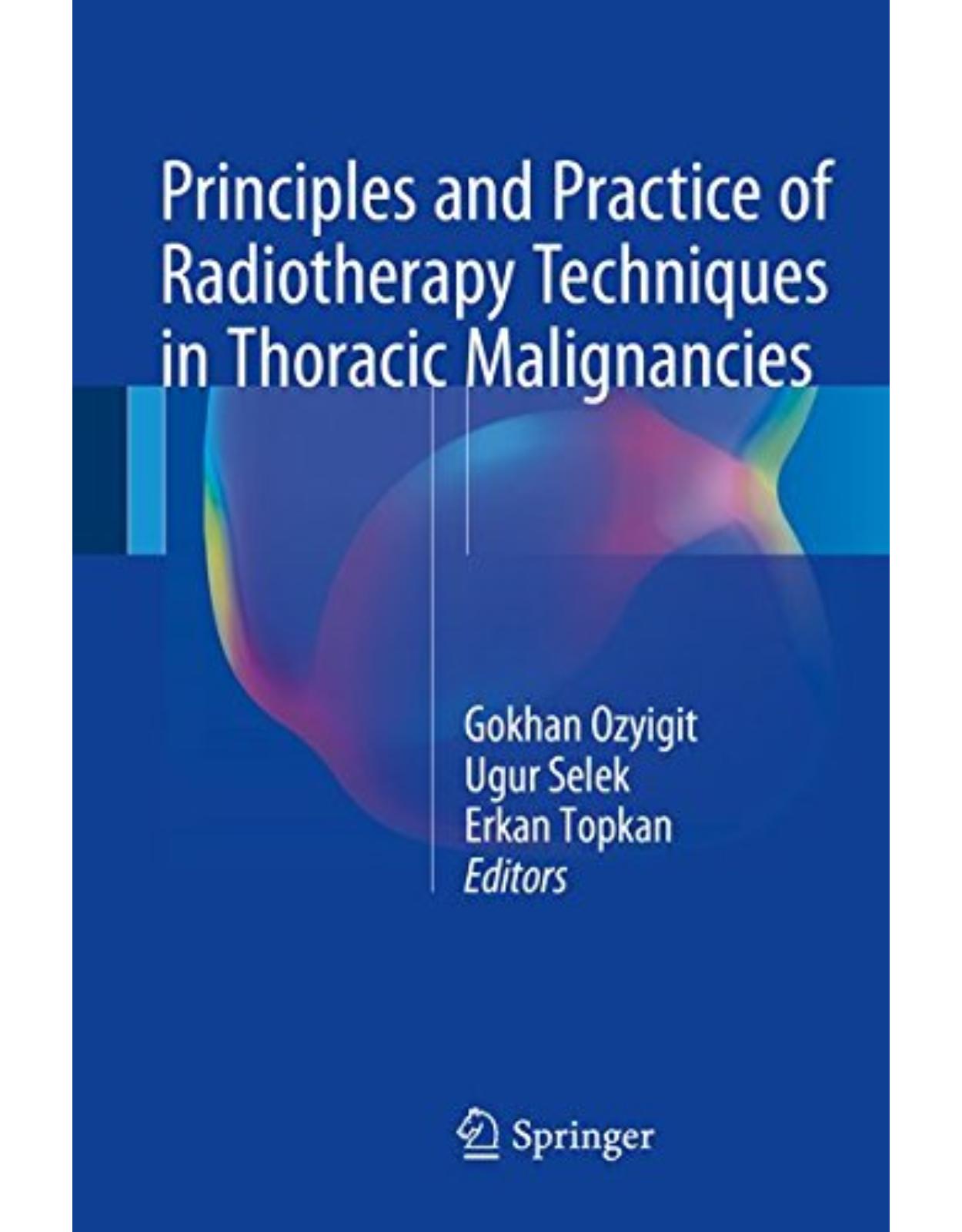
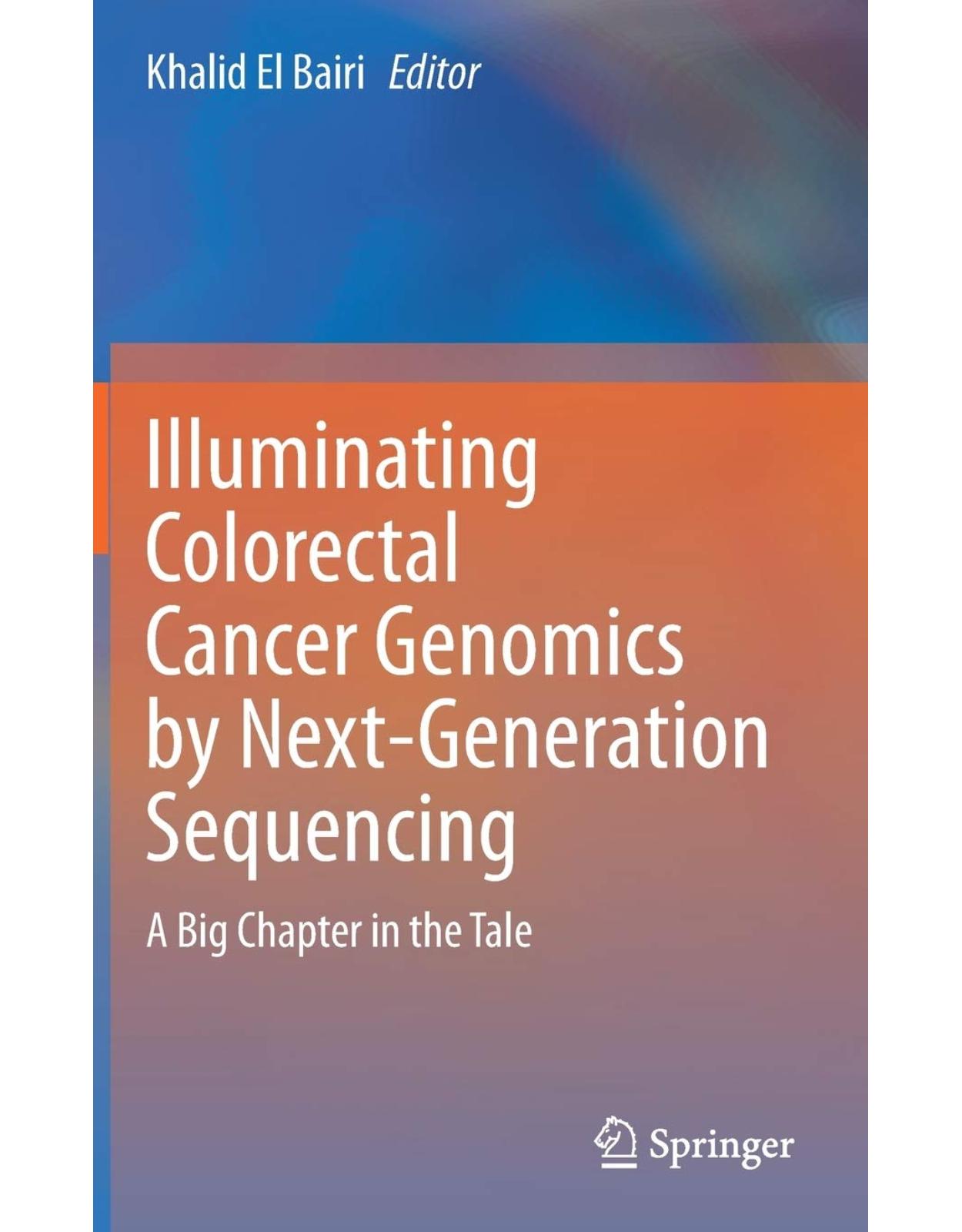
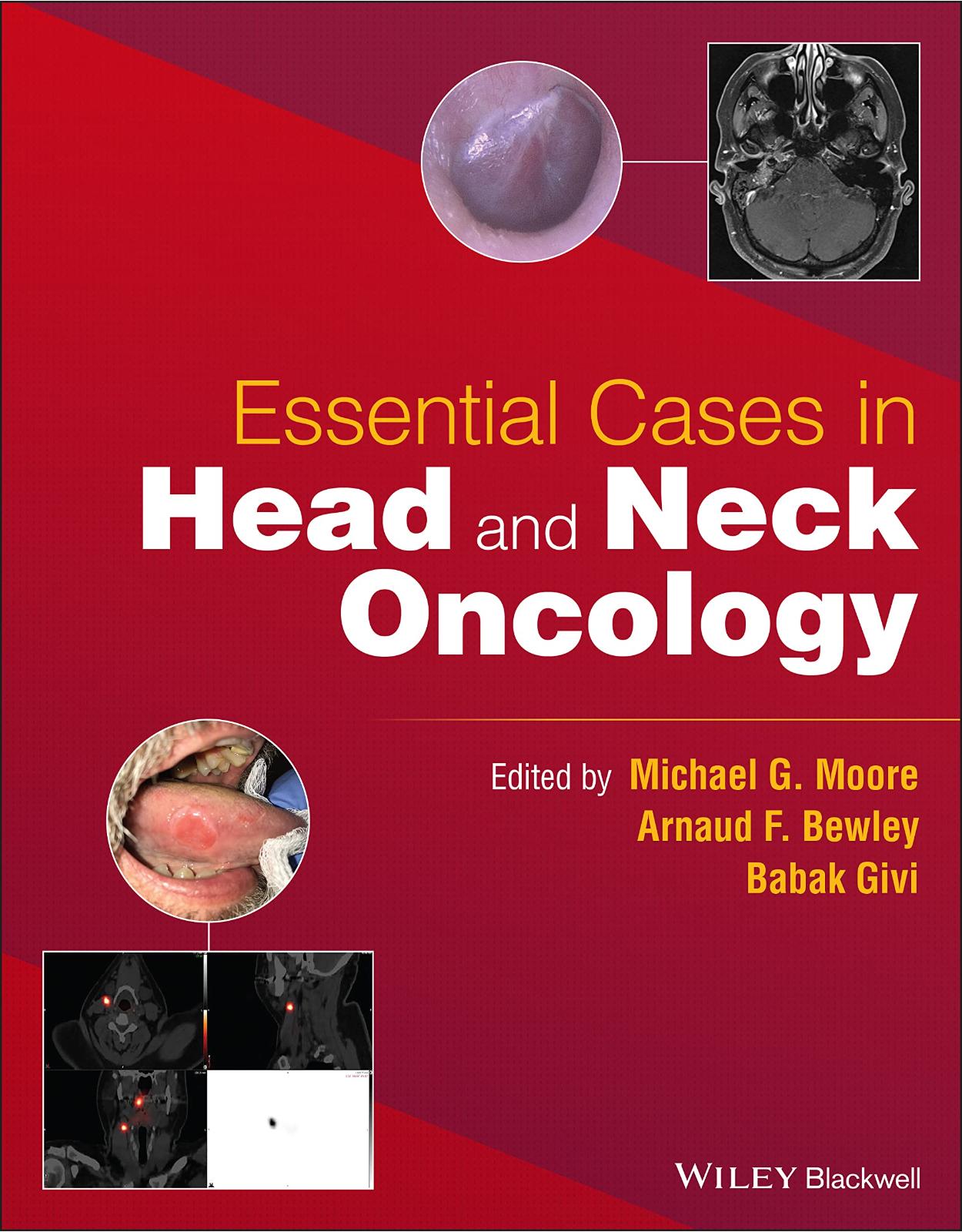
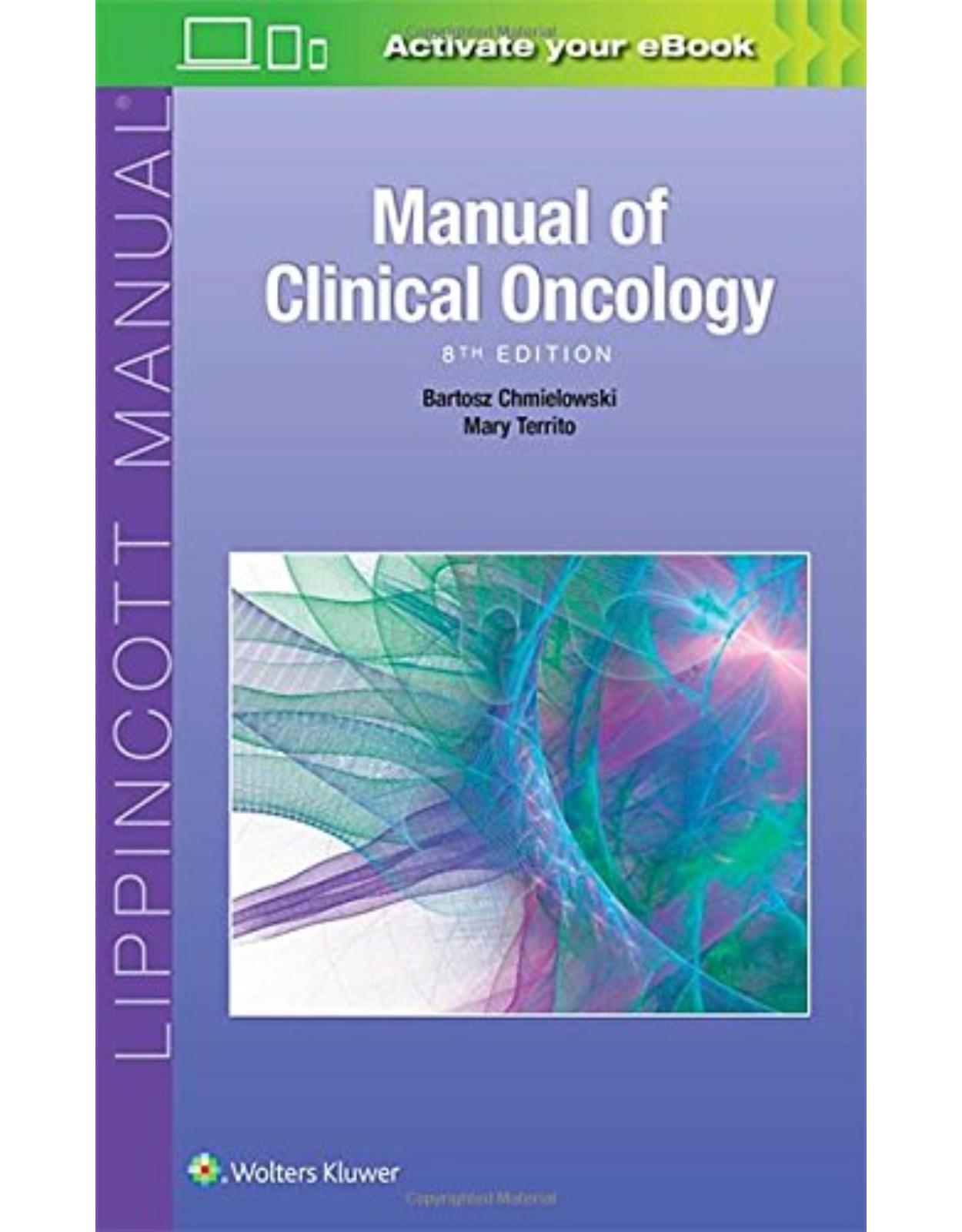
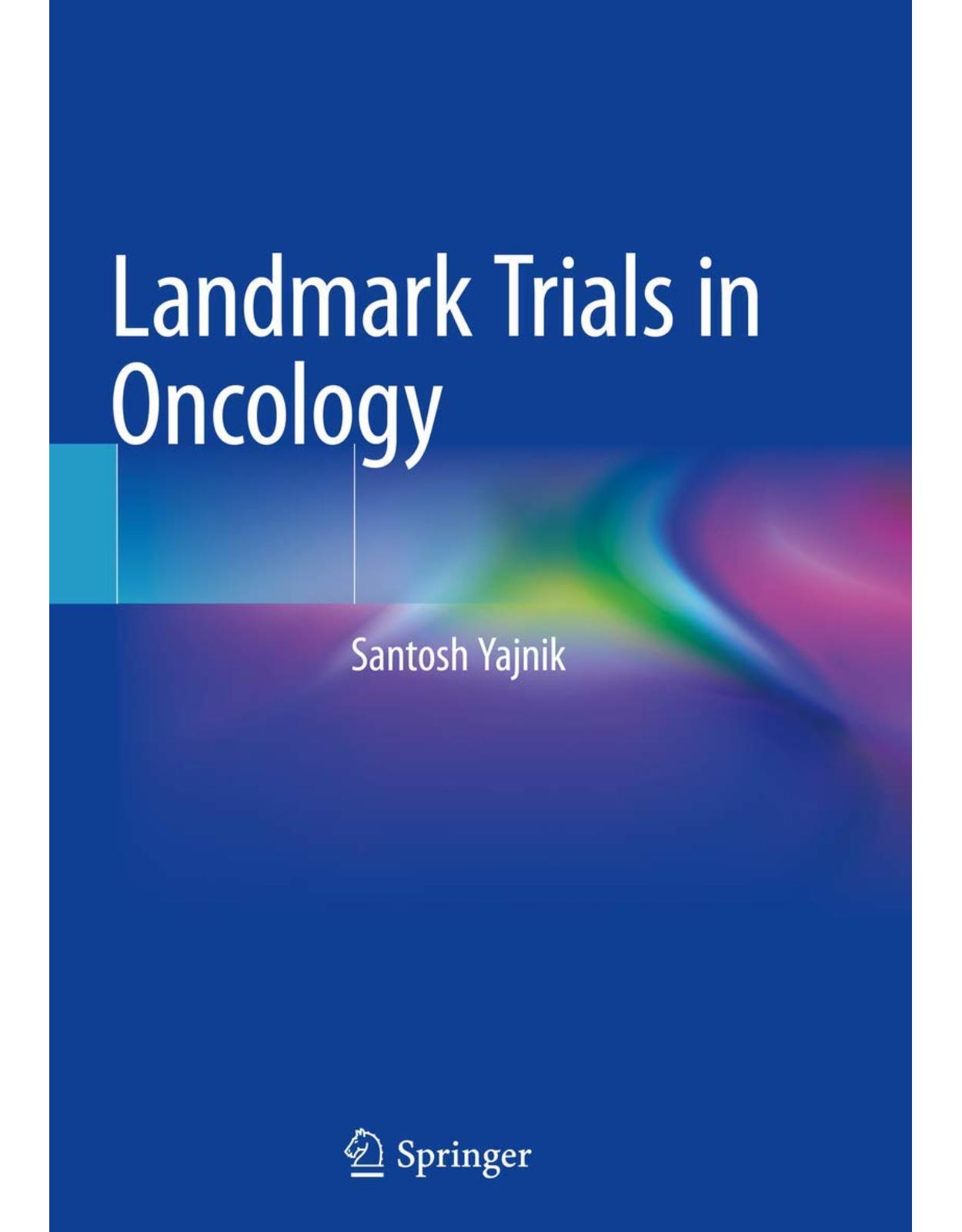
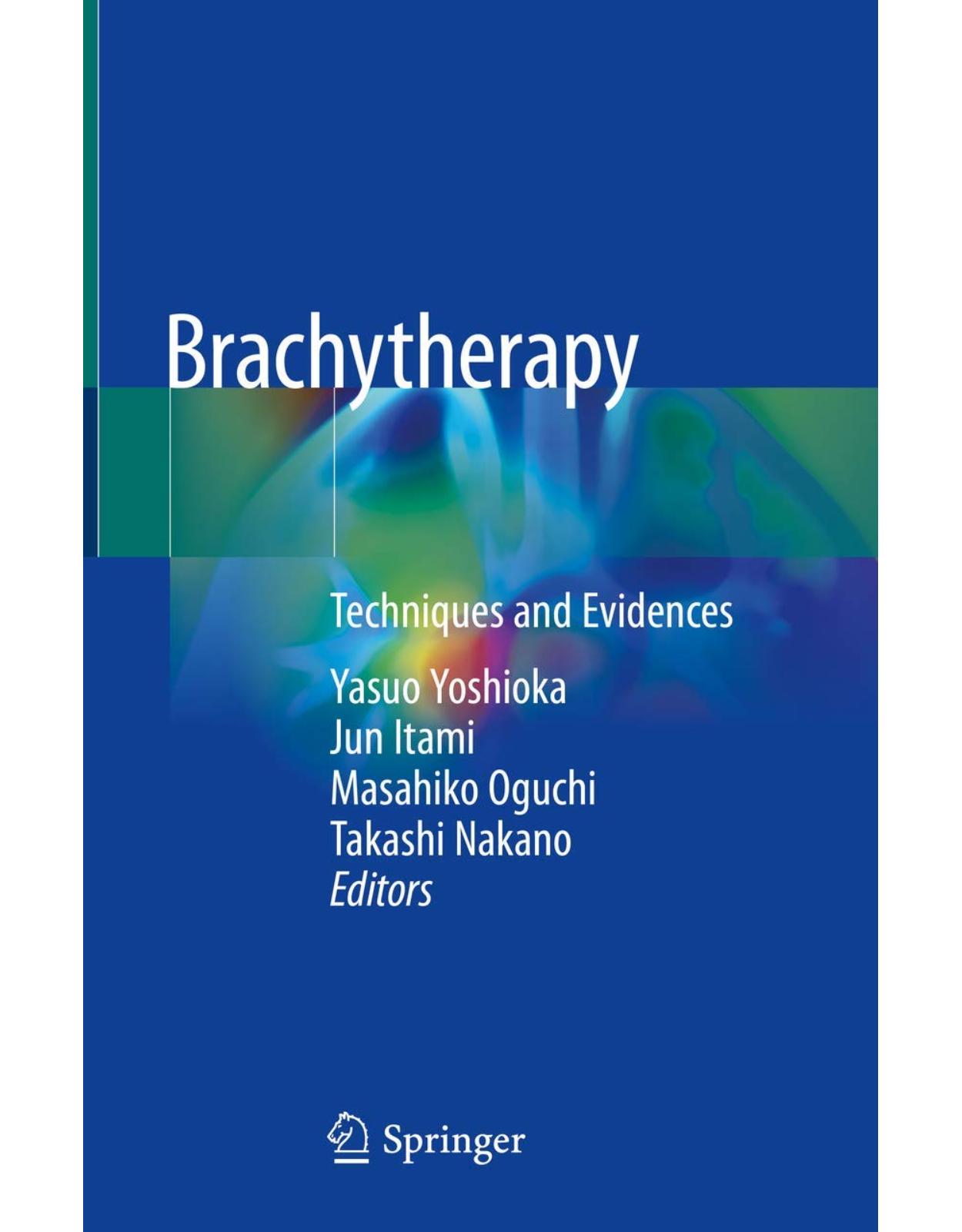
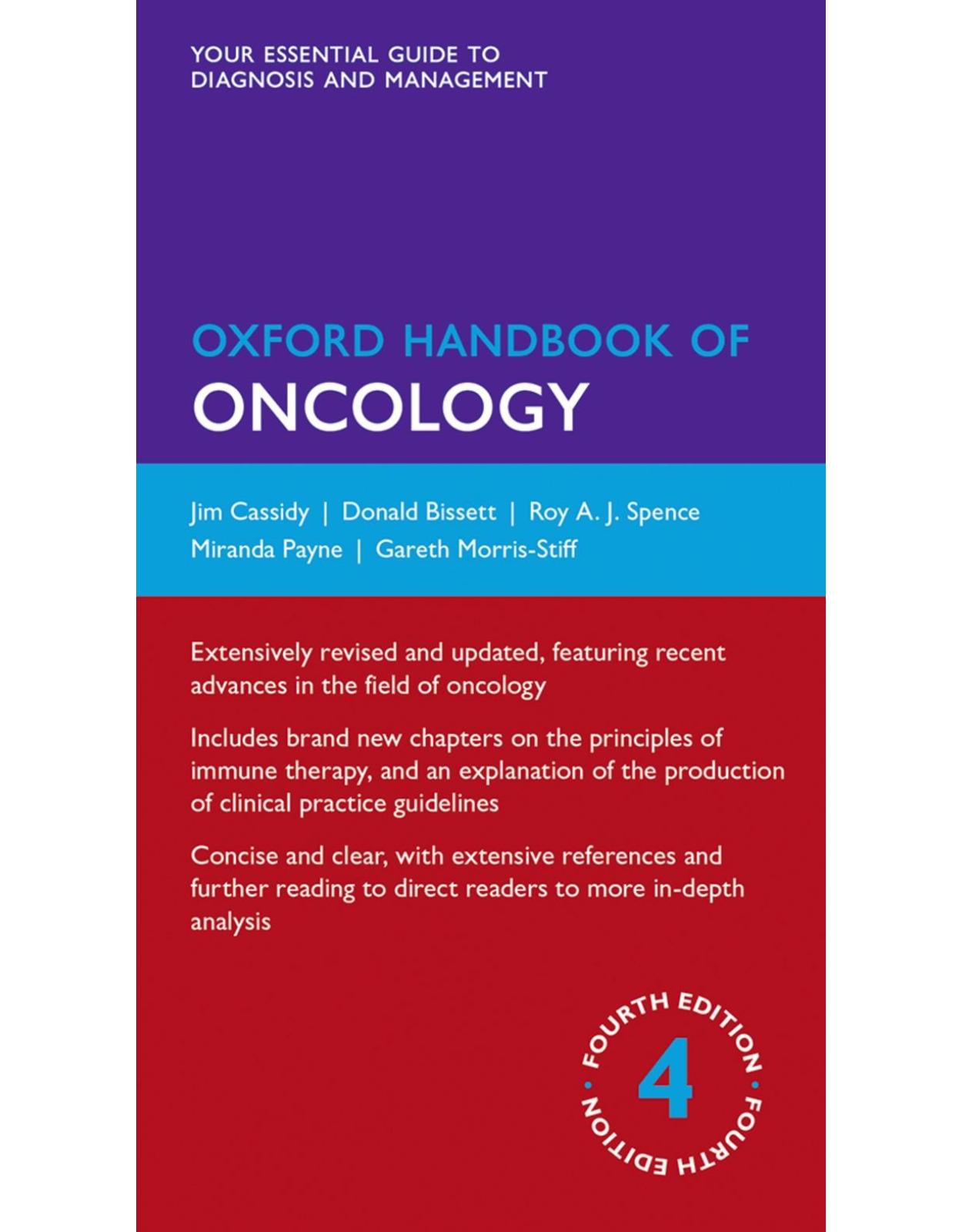
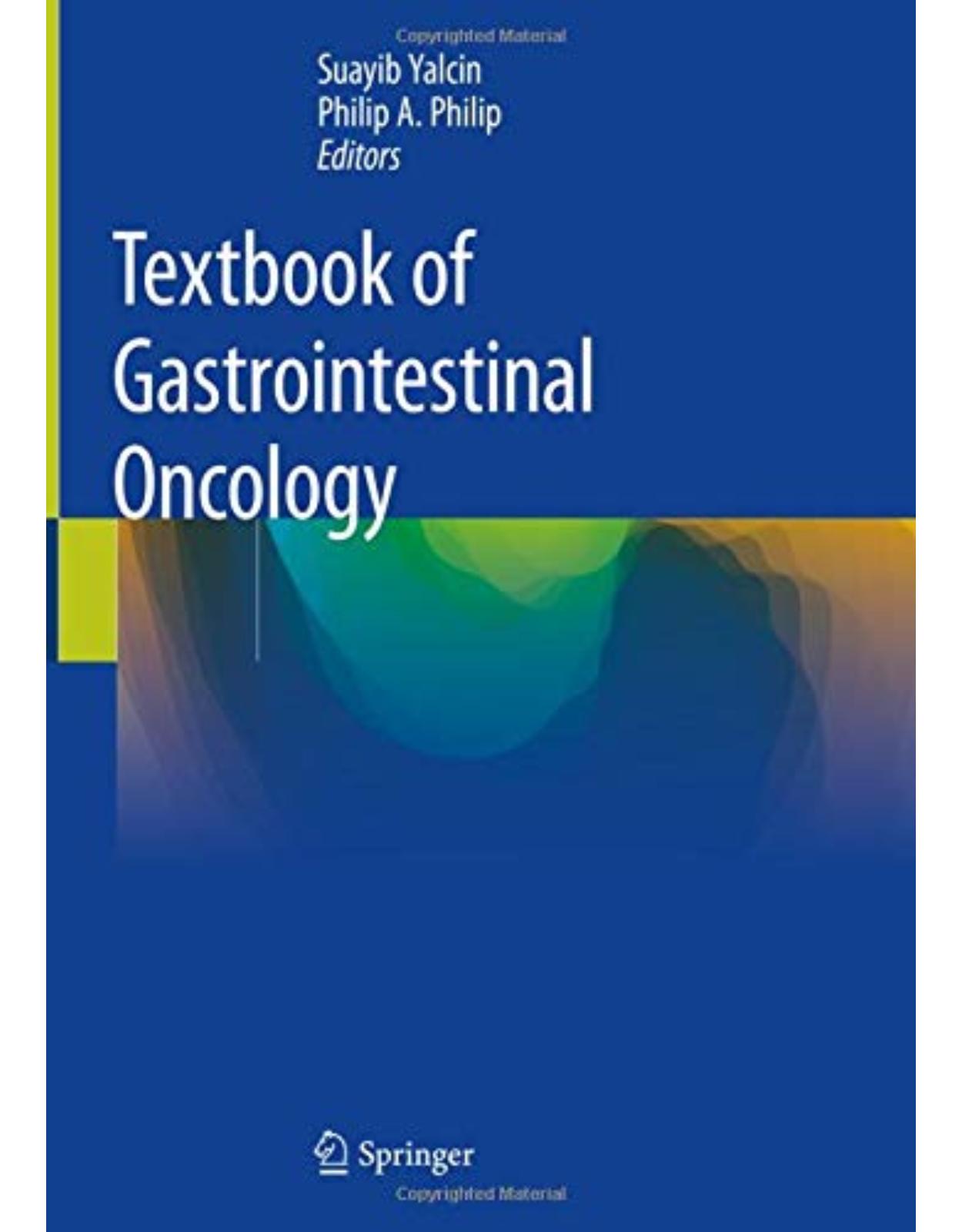
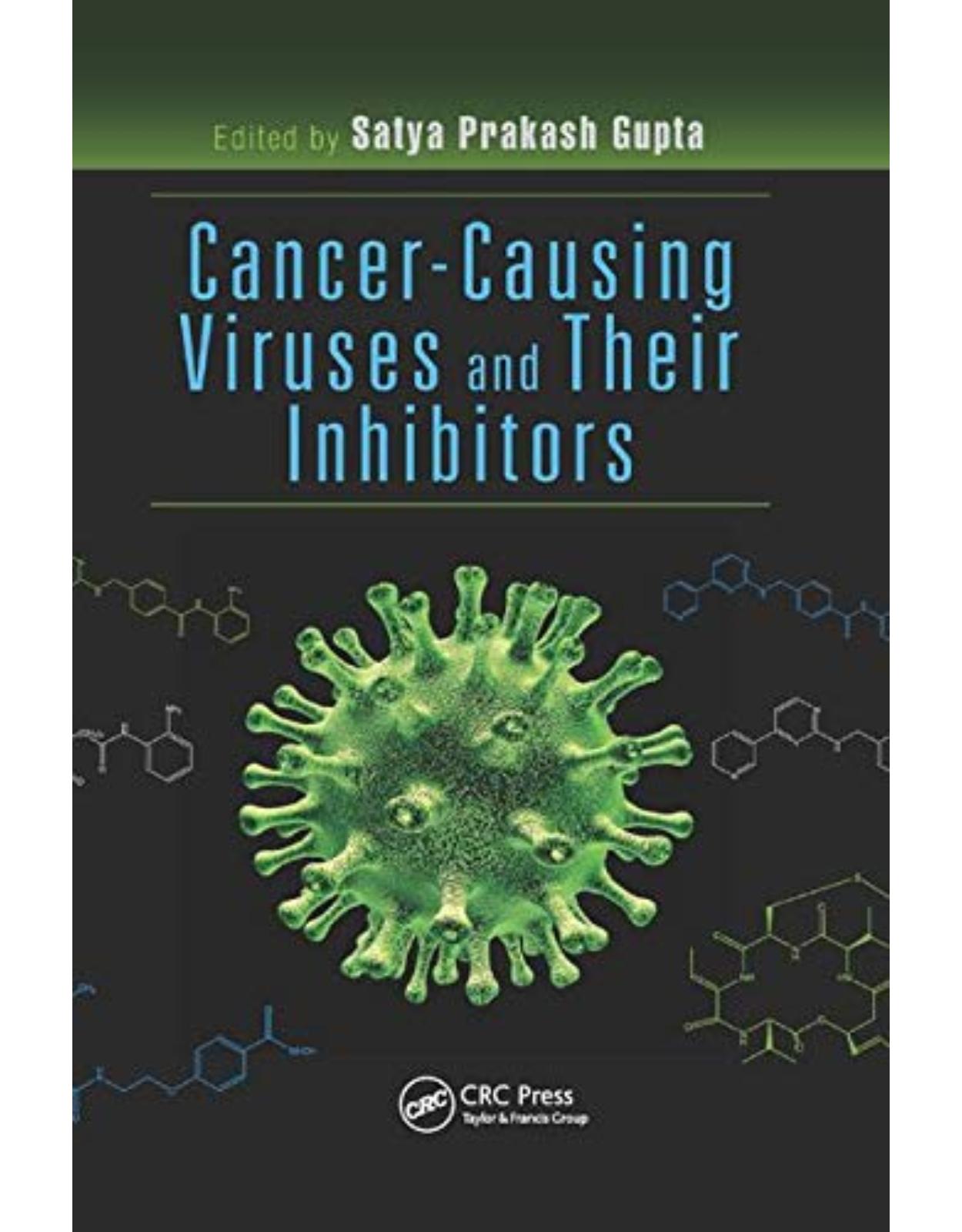
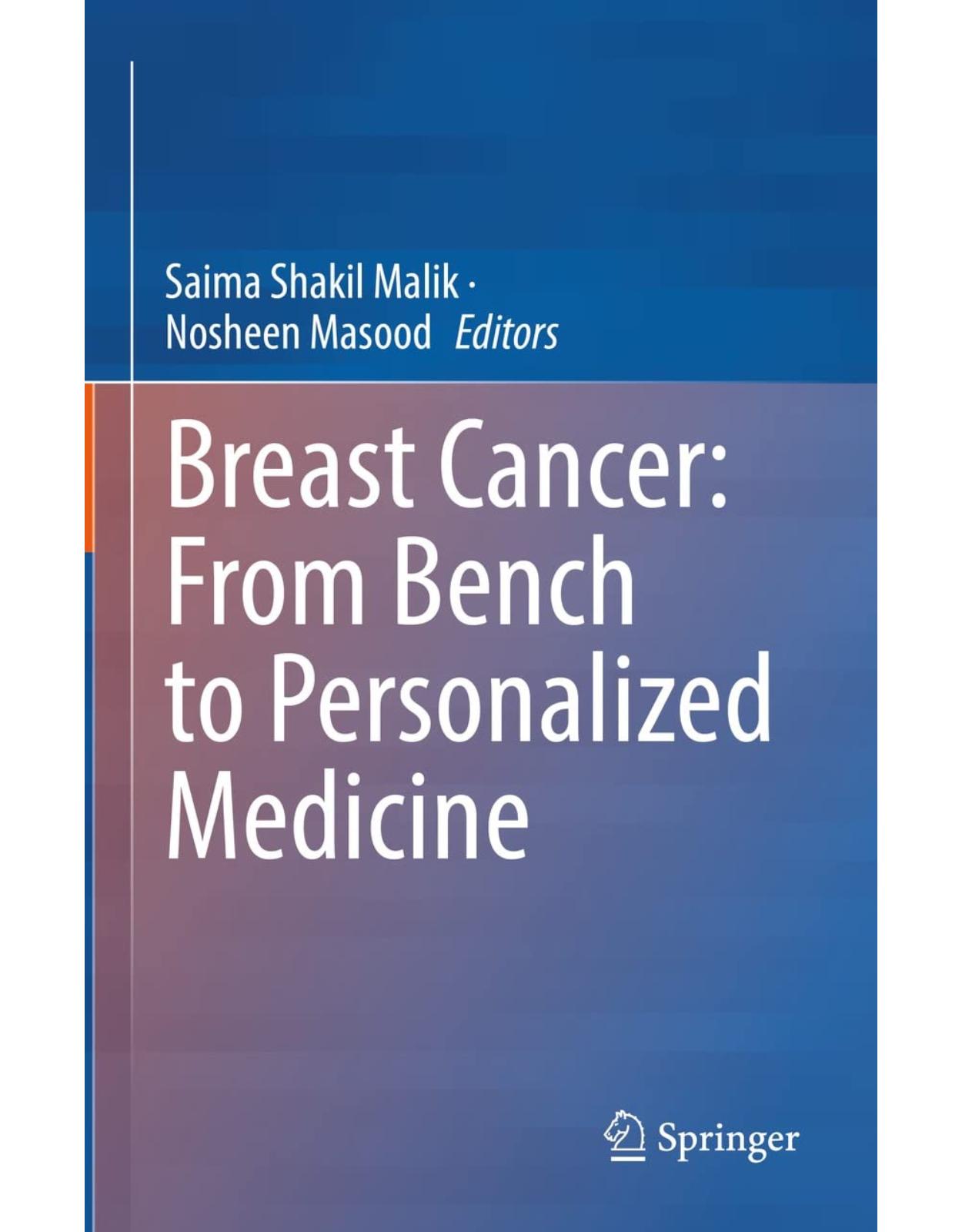
Clientii ebookshop.ro nu au adaugat inca opinii pentru acest produs. Fii primul care adauga o parere, folosind formularul de mai jos.